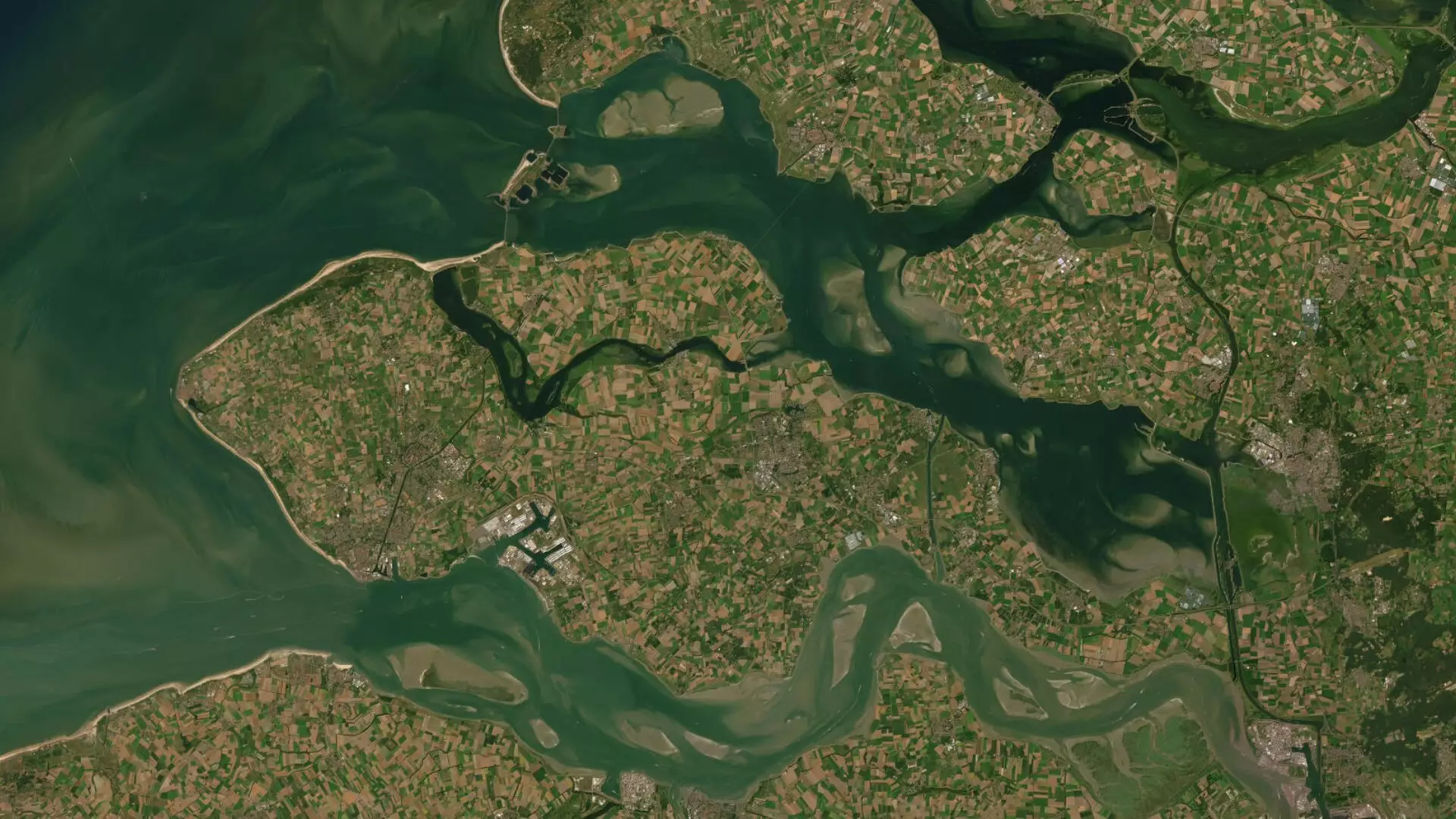Maintaining the delicate balance between nature conservation and coastal protection is crucial for the future of our planet. A recent study conducted by a Dutch-Chinese team of researchers has shed light on the significance of turbid water in preserving intertidal areas and salt marshes off our coasts.
The Role of Turbidity in Coastal Defense
The research conducted by NIOZ researcher Tim Grandjean emphasizes the essential role of turbidity in the growth and preservation of intertidal areas. The study reveals that turbid water, rich in sand and silt particles, is crucial for allowing coastlines to expand and fortify. However, a global decline in water turbidity poses a threat to these vital habitats, making them more susceptible to erosion and loss.
Human interventions, such as the construction of large dams and storm surge barriers, have contributed to the reduction in sediment supply downstream, leading to sediment starvation and hindering the natural rebuilding of intertidal zones. For instance, the construction of the Oosterschelde storm surge barrier in the Netherlands has resulted in “sand starvation,” causing the erosion of intertidal areas and compromising coastal safety.
Tim Grandjean’s research also highlights the short-term vulnerability of intertidal areas, demonstrating that slight variations in height can significantly impact benthic life. By utilizing innovative sensors developed at NIOZ, precise measurements have been gathered to monitor the dynamics of intertidal zones and evaluate the effectiveness of protective measures such as groins.
The reduction in flow between groins along coastal areas shows promise in improving benthic life and stabilizing intertidal zones. Further research is essential to fully understand the long-term effects of these measures and their potential to mitigate the impacts of rising sea levels.
The study underscores the critical importance of turbid water in maintaining coastal defense and biodiversity. By reevaluating human interventions and finding a delicate balance between nature conservation and coastal protection, we can ensure the preservation of intertidal areas for future generations. It is essential to prioritize the health of our natural ecosystems and work towards sustainable solutions that benefit both nature and coastal safety.



Leave a Reply